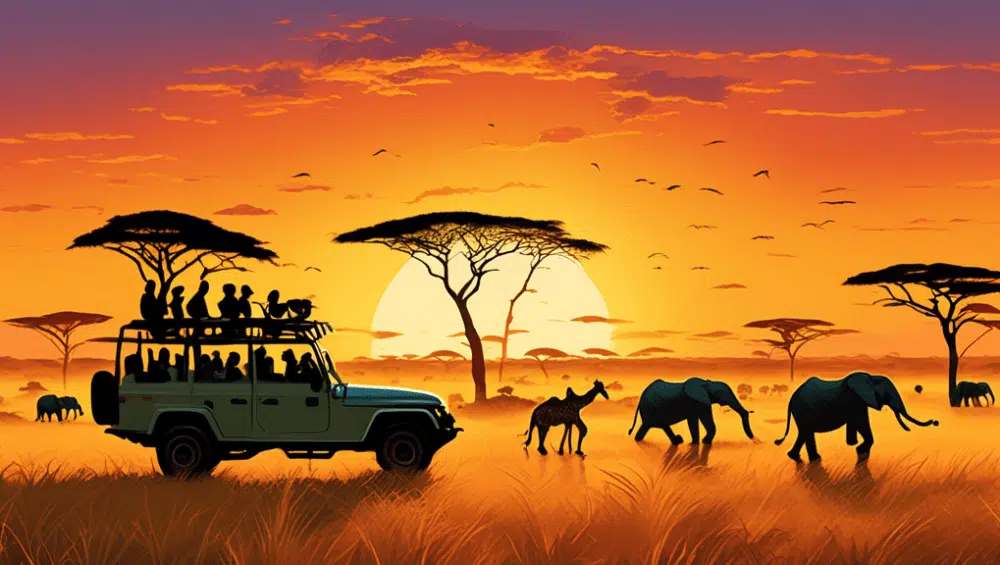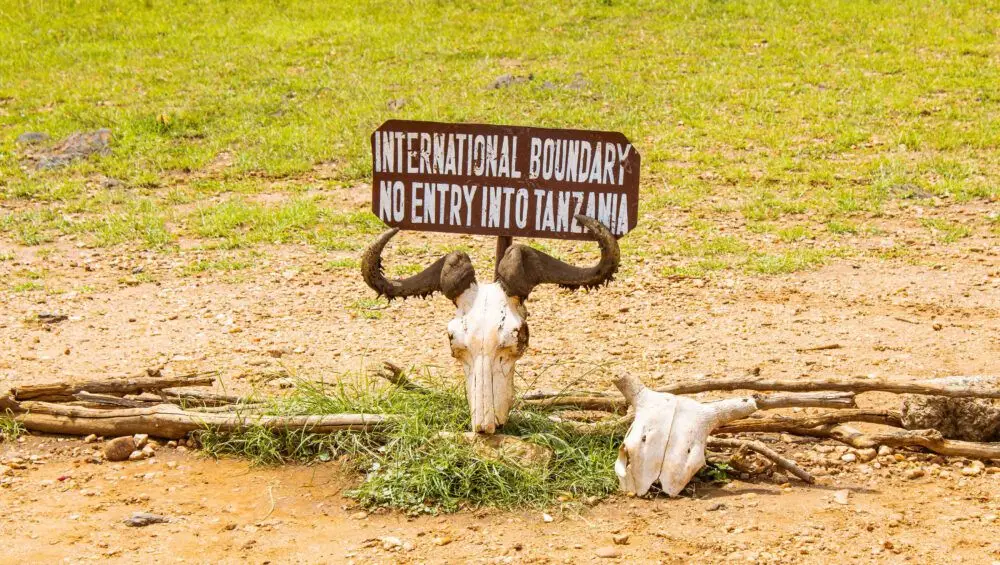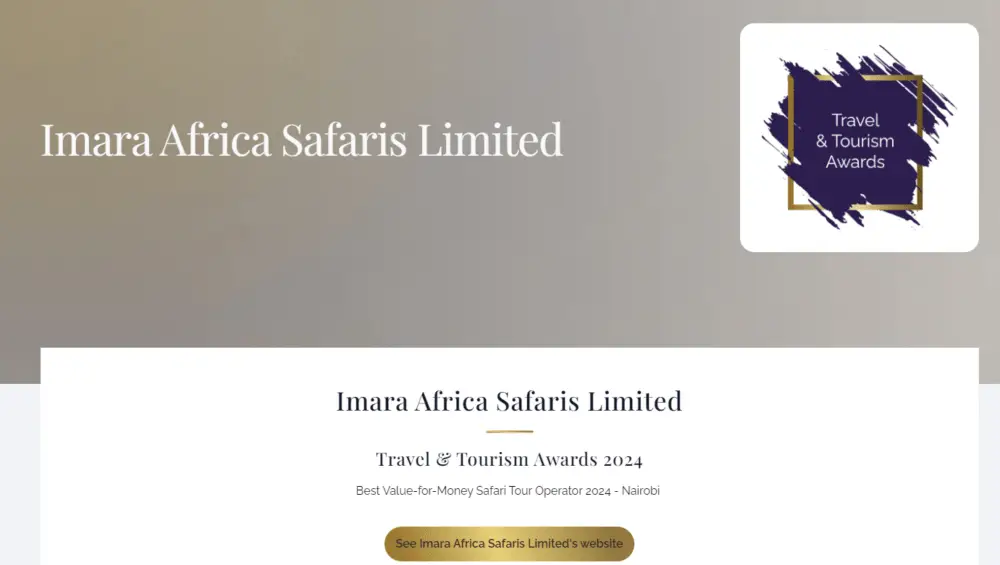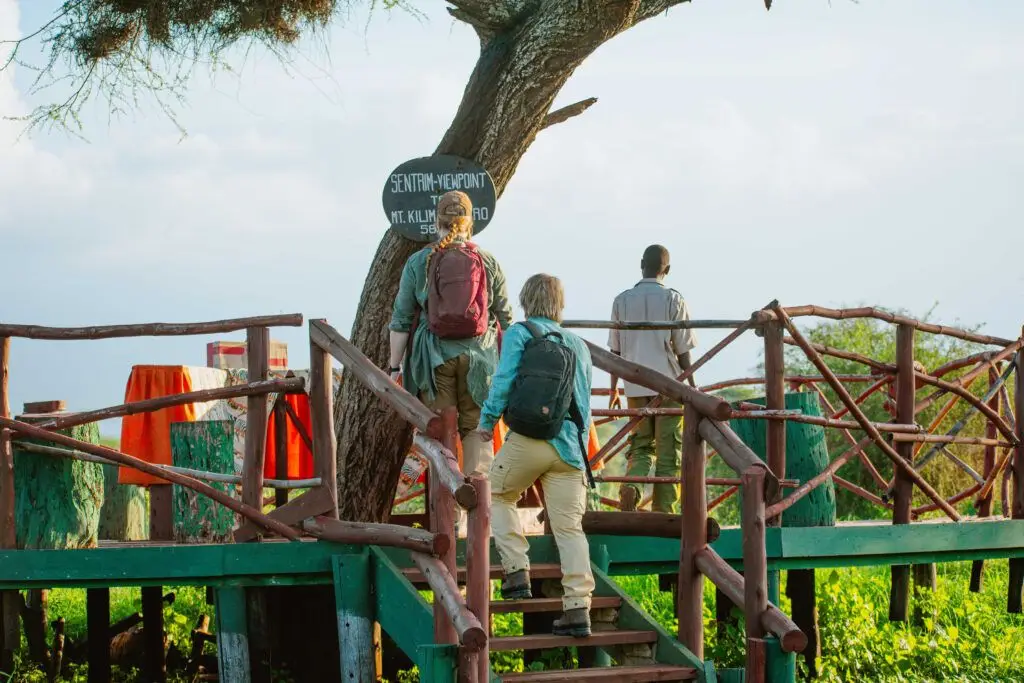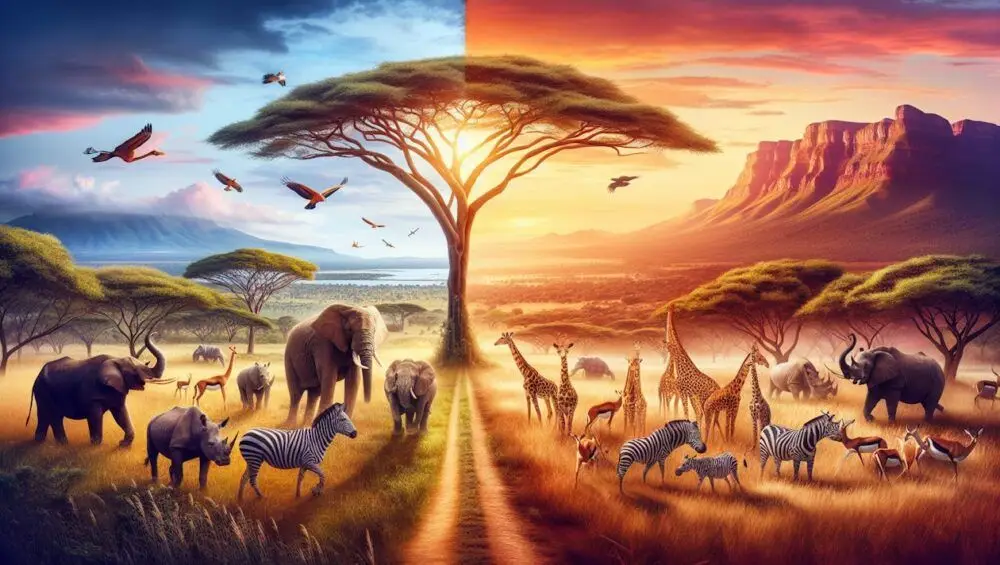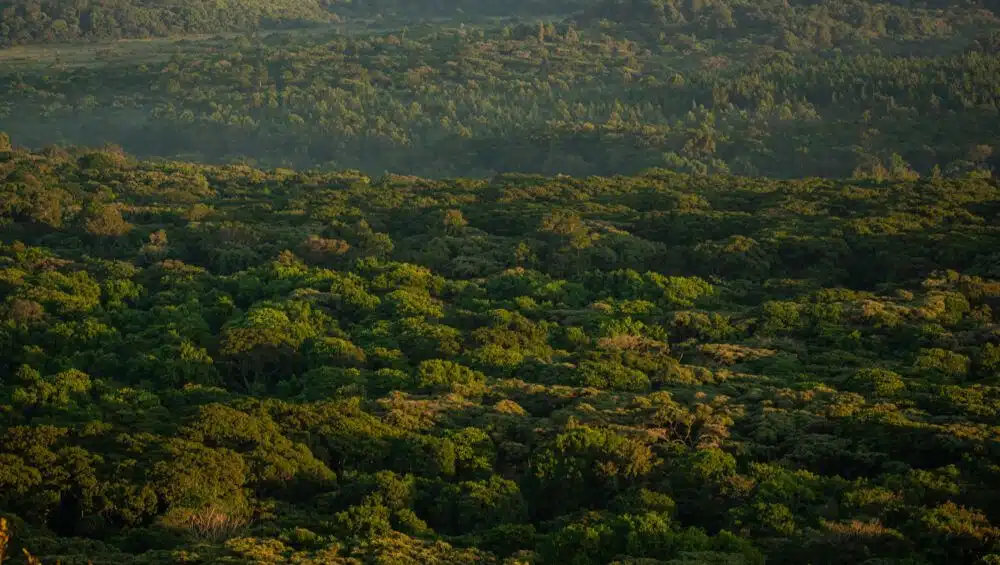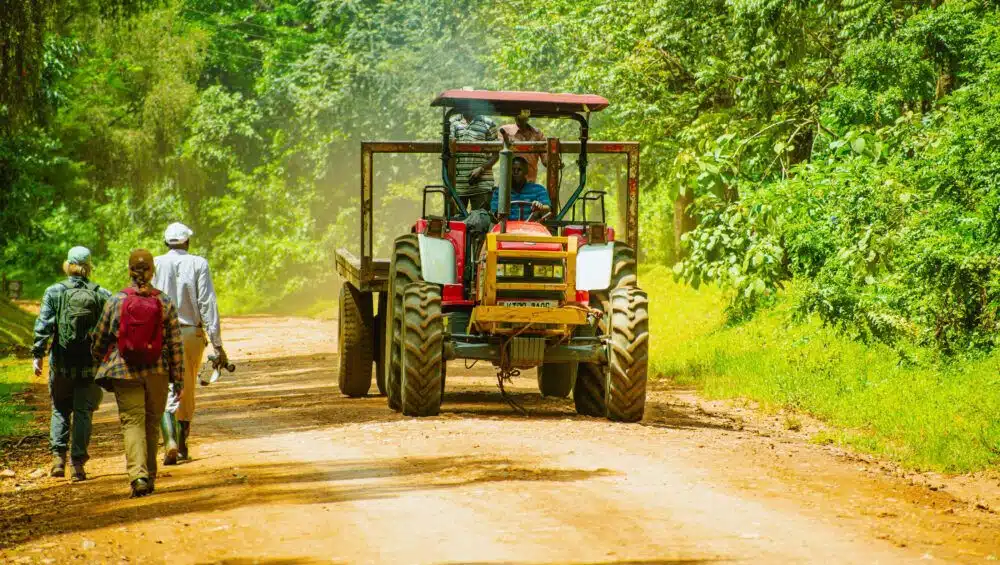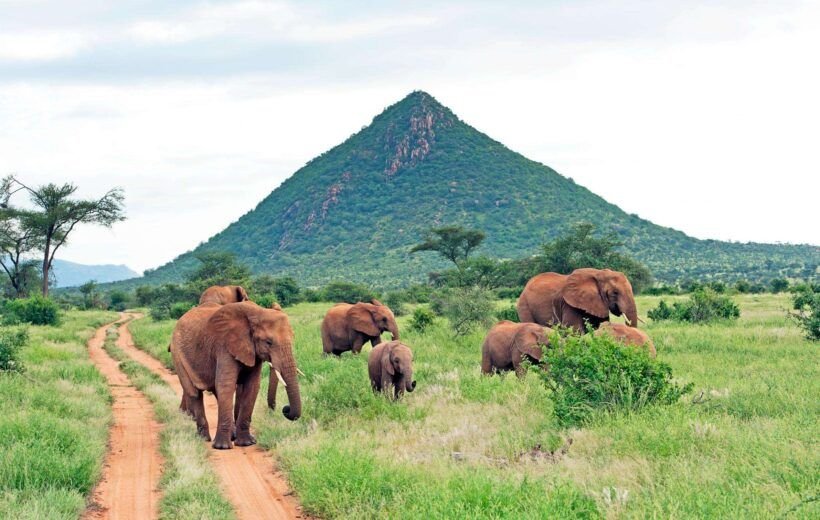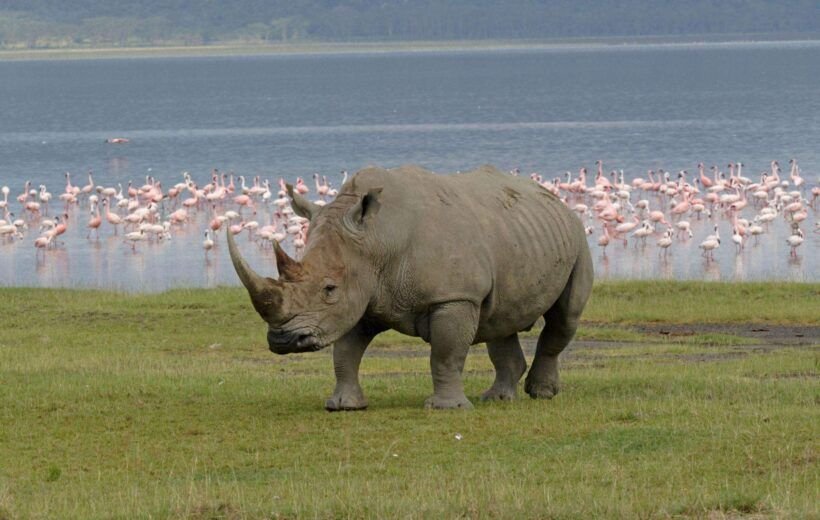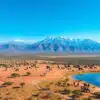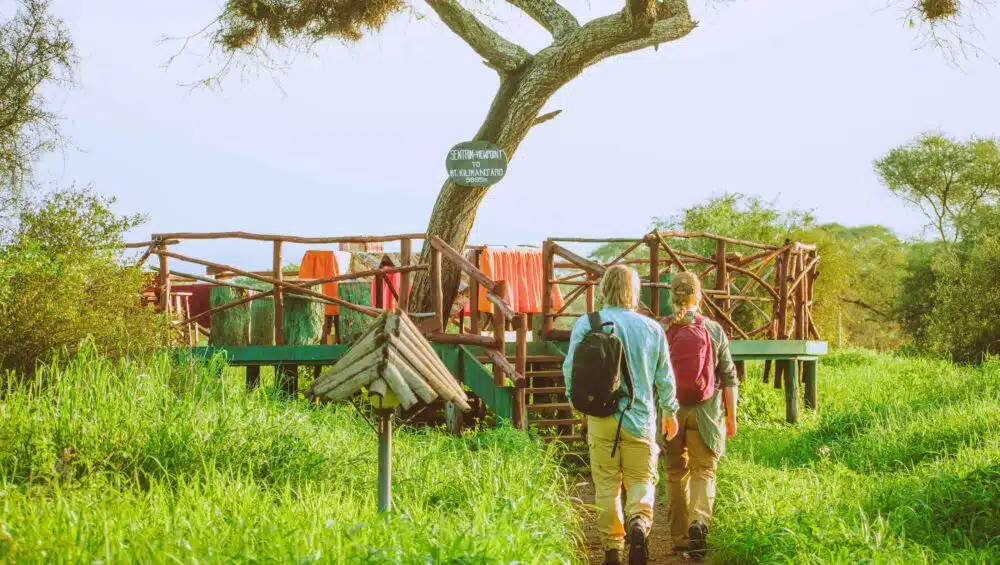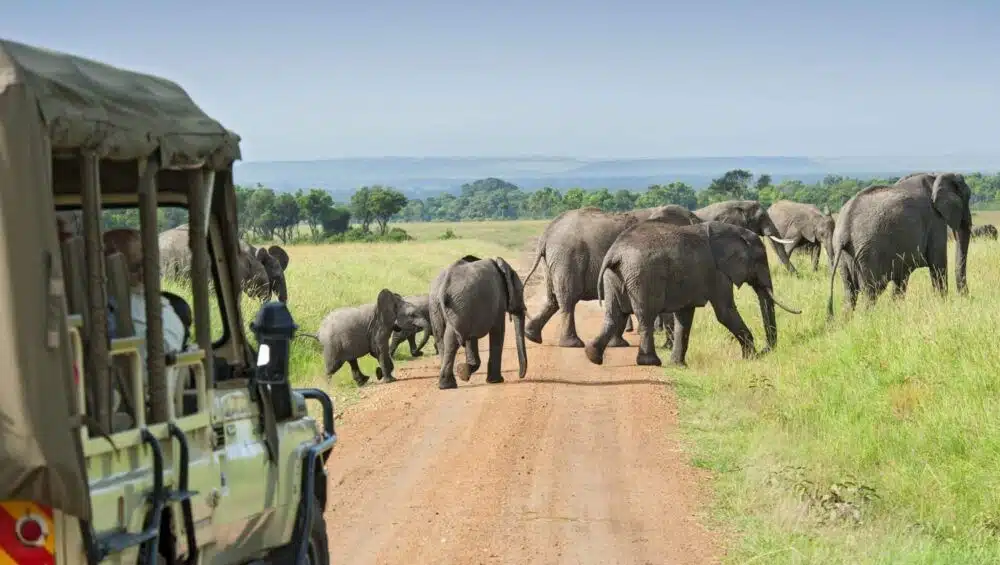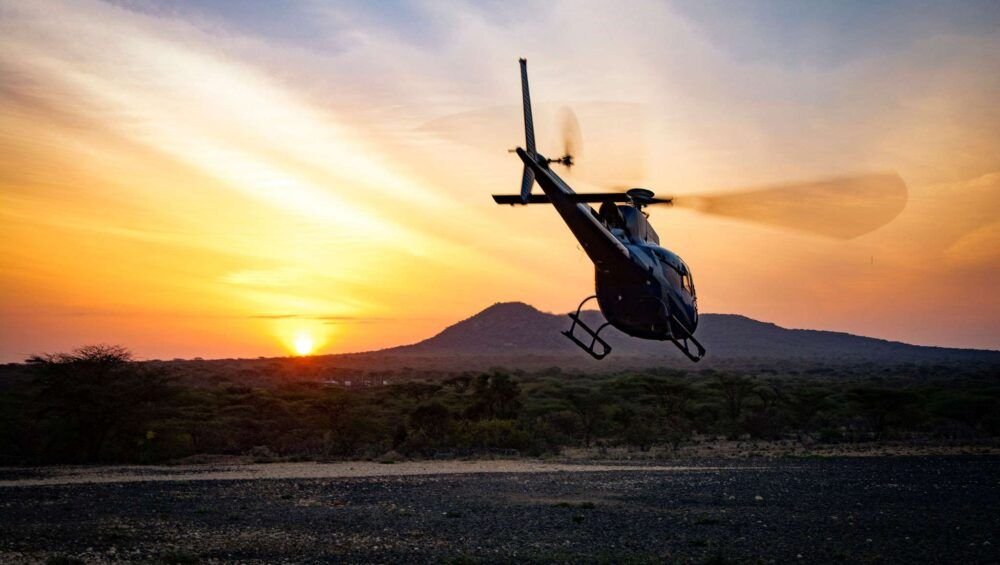Exploring the Northern Circuit of East Africa
Why the Northern Circuit of East Africa Should Be Your Next Adventure
Ever found yourself scrolling through Instagram, enviously looking at pictures of stunning wildlife, picturesque landscapes, and vibrant cultures, wondering when you’ll finally tick off that bucket list adventure? Yeah, me too. That’s until I stumbled upon the majestic Northern Circuit of East Africa. And let me tell you, it was a game-changer.
The Allure of the Northern Circuit
So, what’s the big deal about the Northern Circuit, you ask? Imagine waking up to the sound of lions roaring in the distance, the aroma of fresh rain on savannah grassland, and a kaleidoscope of colors as the sun rises over the Serengeti. This region, encompassing treasures like Tanzania’s Serengeti National Park, Ngorongoro Crater, Kenya’s Maasai Mara, and more, is a feast for the senses, a photographer’s dream, and an adventurer’s paradise.
The Heartbeat of the Wild
As I ventured into Serengeti National Park, it became clear why this place is often dubbed the ‘heartbeat of the wild’. Witnessing the Great Migration is an indescribable feeling – it’s like being part of a National Geographic documentary, only better, because you’re right there! Millions of wildebeest, zebras, and gazelles traverse the plains in an ancient ritual, shadowed by predators, painting a poignant picture of life, survival, and the raw beauty of nature.
Crater of Wonders
Next stop: the Ngorongoro Crater. Did you know this place is often called the ‘Eden of Africa’? It’s easy to see why once you’ve descended its walls. This vast, volcanic crater is a sanctuary for wildlife, including the elusive black rhino, and offers some of the best game viewing in Africa. It’s like stepping into a live-action Disney movie—only the characters are real, and they’re not singing (well, except for the birds).
Cultural Tapestry
But the Northern Circuit isn’t just about the wildlife. It’s also a chance to dive deep into East Africa’s rich cultures. My encounter with the Maasai people was a reminder of the beauty of human diversity. Their deep connection to the land, vibrant traditional attire, and welcoming spirit offers a poignant reminder of the symbiotic relationship between humans and nature. It’s an experience that adds layers to the adventure, making it not just a trip but a transformative journey.
Breathtaking Balloon Safaris
And for those yearning for a different perspective, how about soaring above the Serengeti in a hot air balloon at dawn? Watching the world wake up from that vantage point is surreal. The Serengeti, with its endless plains and meandering rivers, looks like a living, breathing painting. It’s an experience that, while not cheap, is worth every penny for the sheer magic it offers.
Planning Your Adventure
So, how do you embark on this journey of a lifetime? Start by choosing the right time to visit – typically, the dry seasons from June to October and December to February offer prime wildlife viewing. Don’t forget to pack your spirit of adventure (and a good camera!), but also, be prepared for bumpy rides and early mornings; after all, the animals don’t follow a schedule.
Whether you’re a solo traveler, embarking on a family adventure, or seeking a romantic getaway, the Northern Circuit has something for everyone. Ditch the usual beach holiday for a while and venture into the wild. Who knows? It might just be the adventure that changes your life.
Remember, the world is vast, and there’s so much to explore. But sometimes, certain places have a way of capturing your heart and imagination in ways you never expected. The Northern Circuit of East Africa is one such place. So why wait? Isn’t it time you answered the call of the wild?

